| Grey Seals A British Conservation Sucsess |
|
It is good to report that Grey Seals are one of the great sucsess stories regarding British Wildlife. It is estimated that when the numbers were at there lowest, during the later part of the twentieth century there were under 1000 Grey Seals visiting our shores each winter to give birth. But numbers have risen over recent years and there are now well over 100,000 seals giving birth along our shores each November and December. Indeed there was over 1000 at the site where the images below were photographed. It is however still very important to give these lovely animals plenty of room to go about their buisness and to avoid any form of disturbance. Therefore everyone should keep a mimimum of 20 meteres away from any seals at all times. Indeed all of these images were taken with a 600mm lens (often with a teleconverter attached) to ensure i was a good distance away from them. The baby featured in the images below was newborn on the day of my visit and was about 6 hours old. Certainly a very cute addition to the day. |
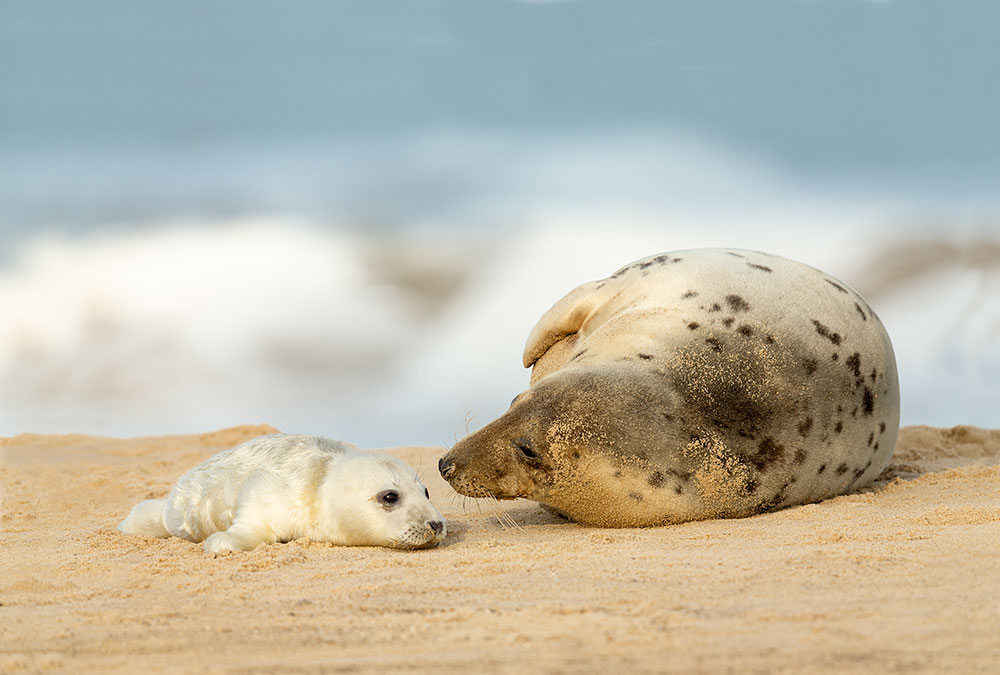 |
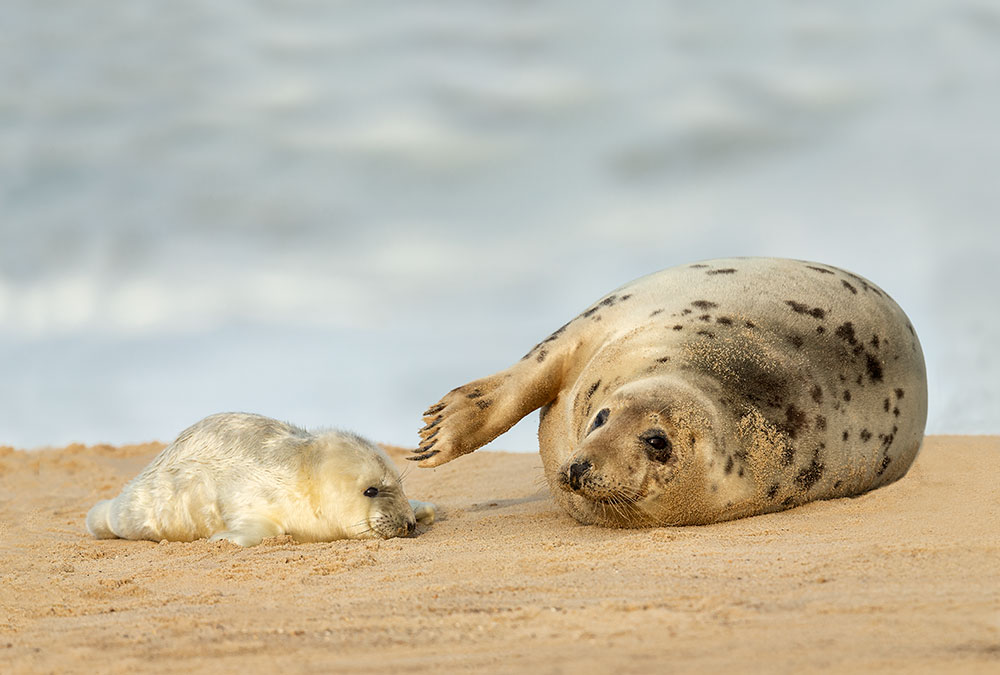 |
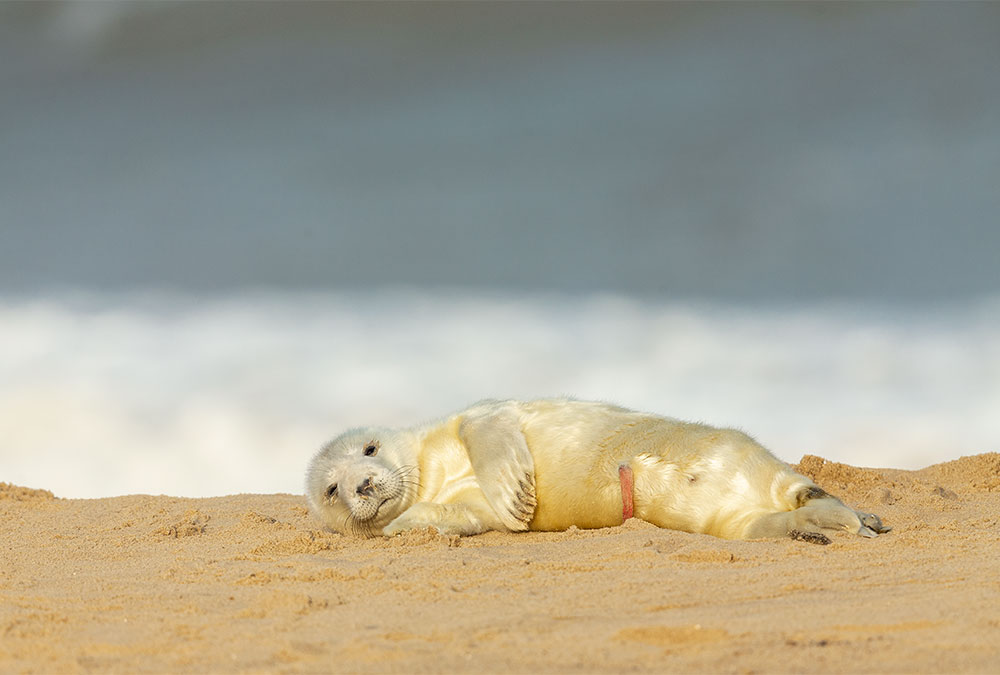 |
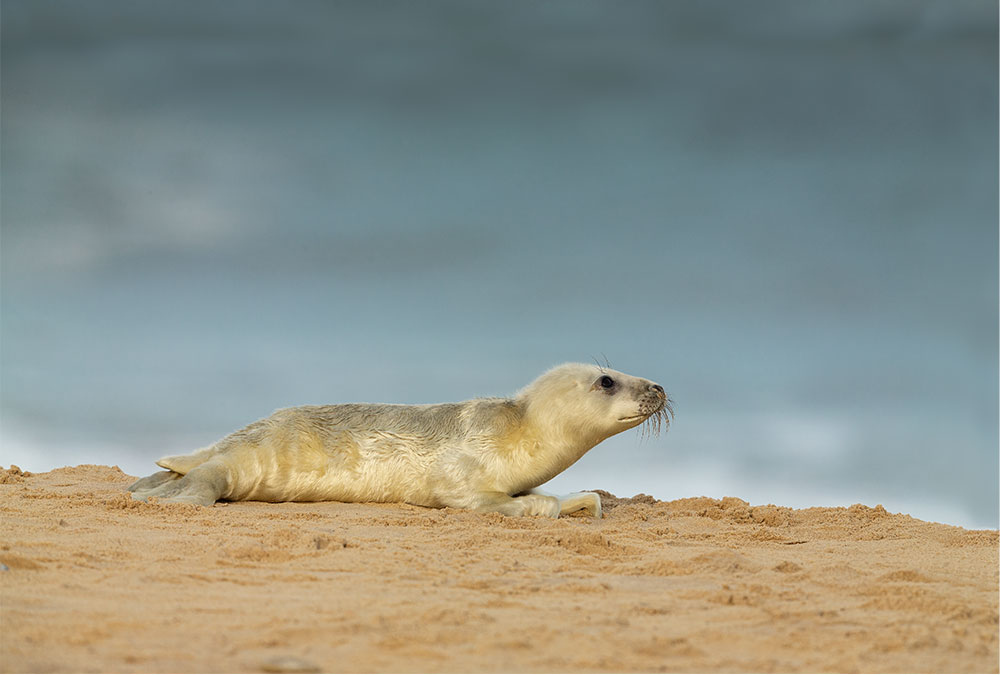 |
|
Grey Seals weigh about 14kg at birth and stay ashore for a few weeks to allow the fur to become fully waterproof. During this time they suckle milk from their mothers. This milk contains about 60% fat and the baby pups put on about 2kg of weight per day. A fully grown adult male seal can weigh over 230Kg, with the females weighing about 150kg. The males have a life expentancy of about 15 - 20 years, but females generally outlive the males with their life expectancy being 25 years or more. |
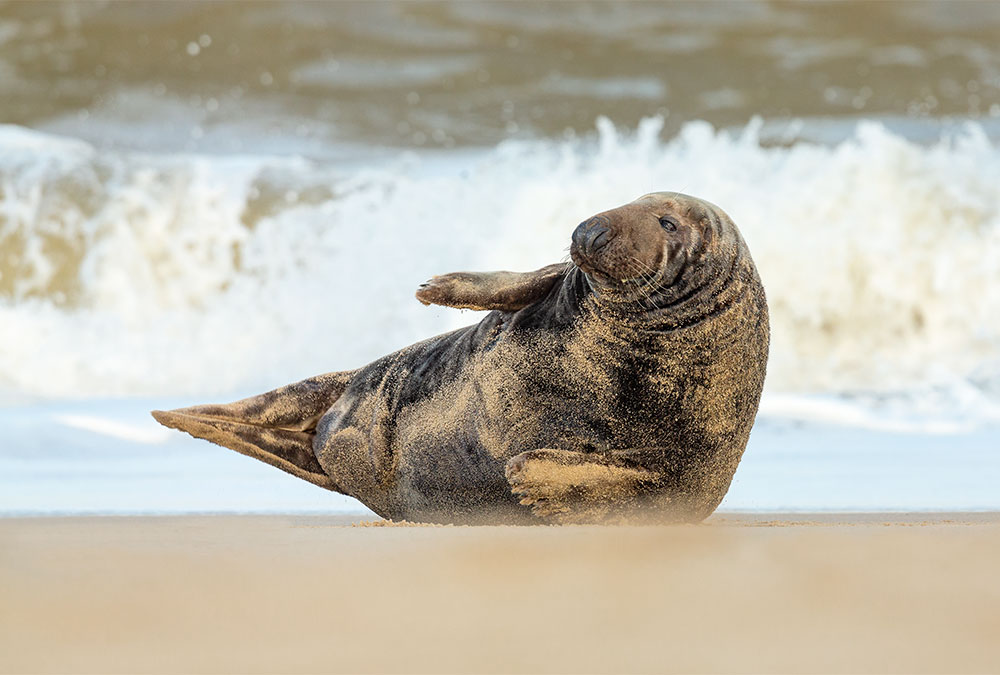 |
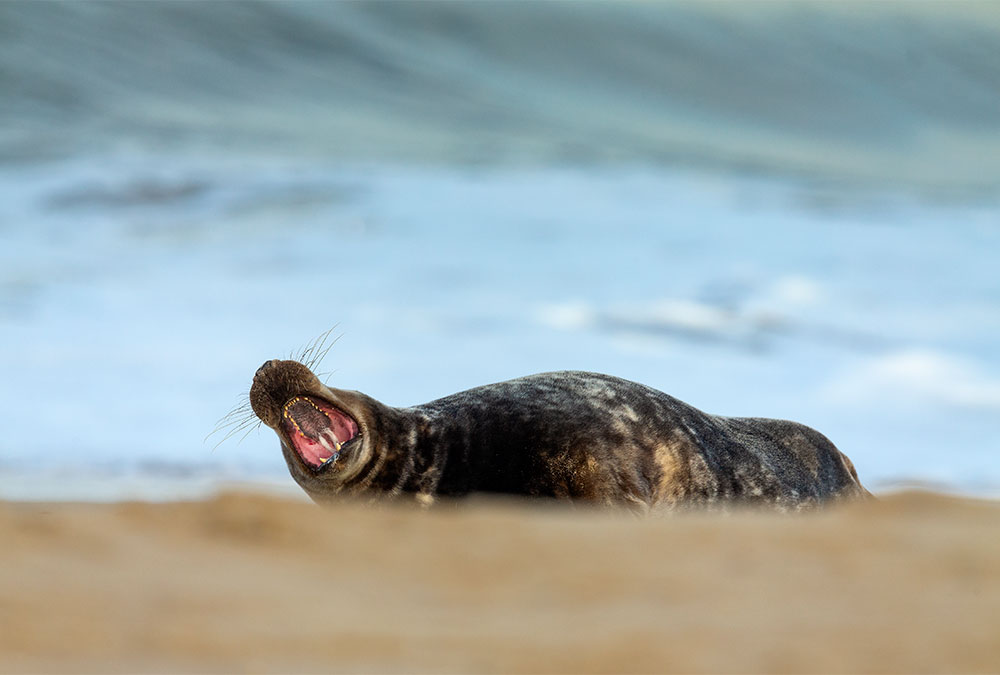 |
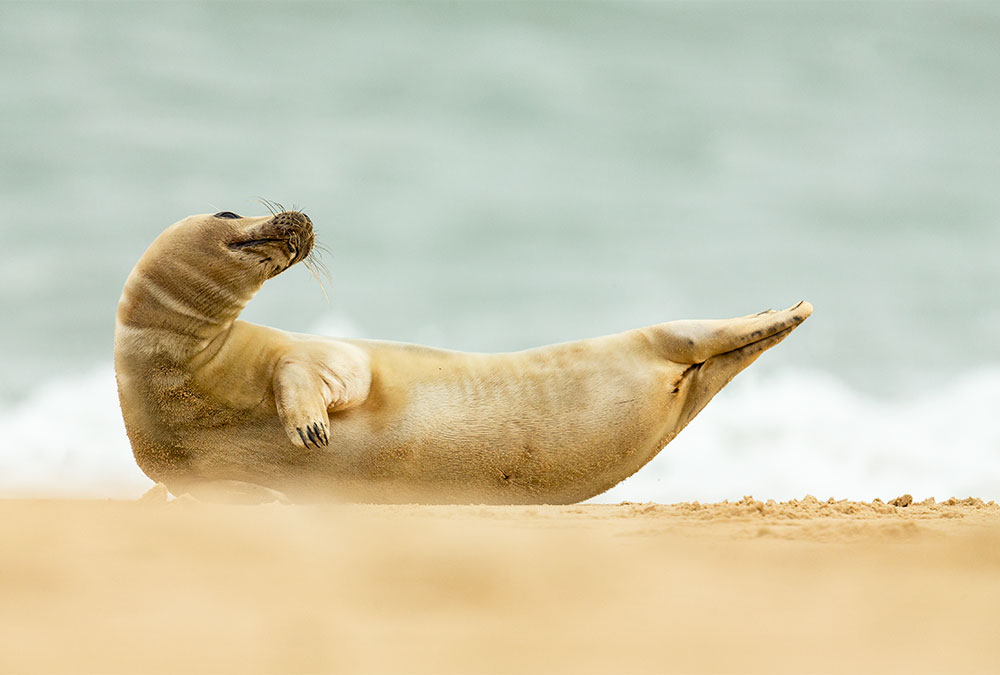 |
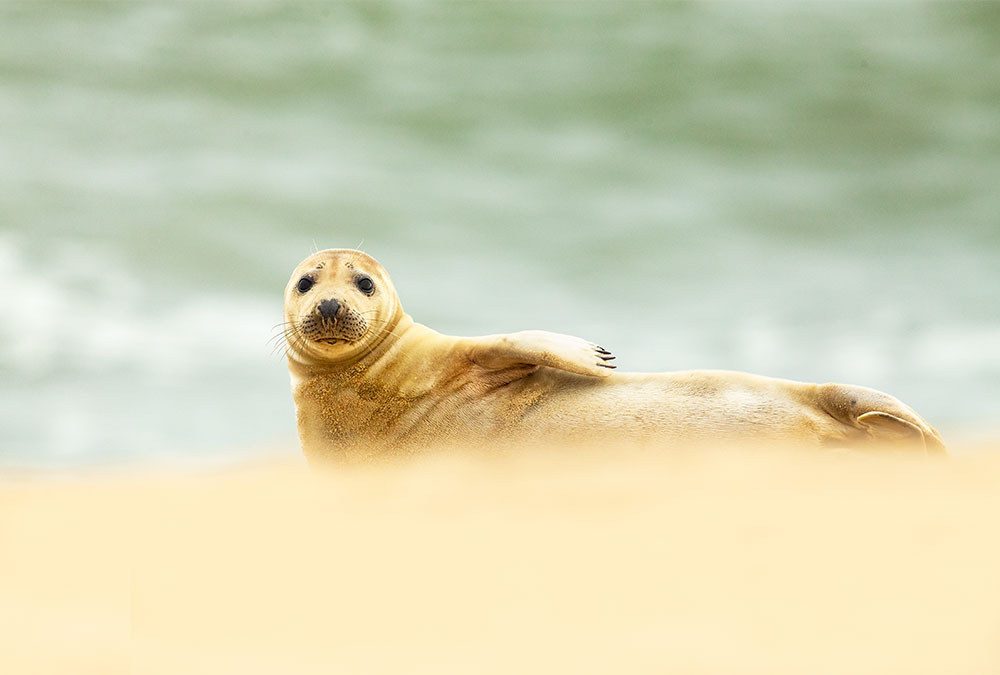 |
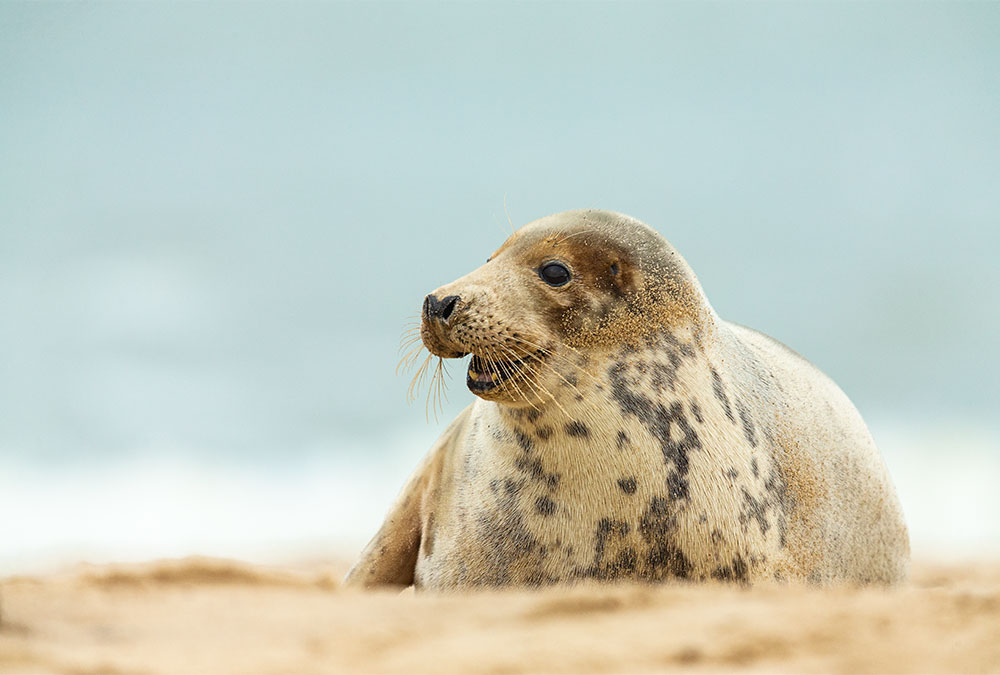 |
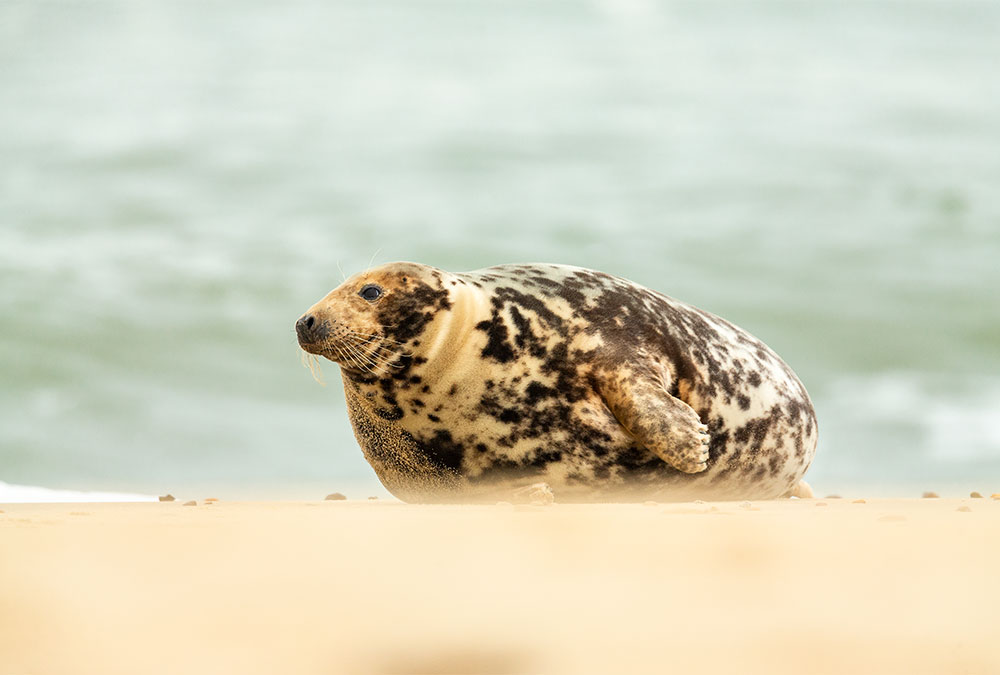 |
|
One well known (but hard to get to) area for Grey seals is Mingulay which is towards the southern end of the island chain of the Outer Hebrides. It is one of a small group of islands called the "Bishop Isles". I have been fortunate to have visited the islands a number of times whilst working as a wildlife guide in the Hebrides and have enjoyed seeing the seals there. In excess of 500 seals can be seen on the beach when conditions are favourable with the numbers rising to over 1000 at times. It is thought that the number of grey Seals in the Hebrides has risen to over 30,000, with more in the Orkneys and other islands as well as many along the mainland coast. |
| The seals are quite shy on Mingulay and it is best to keep a good distance away when walking along the shore or exploring this great island which has been unihabited since 1912. But it is good watch and photograph them from the boat, where they can sometimes become quite curious and often swim fairly close. |
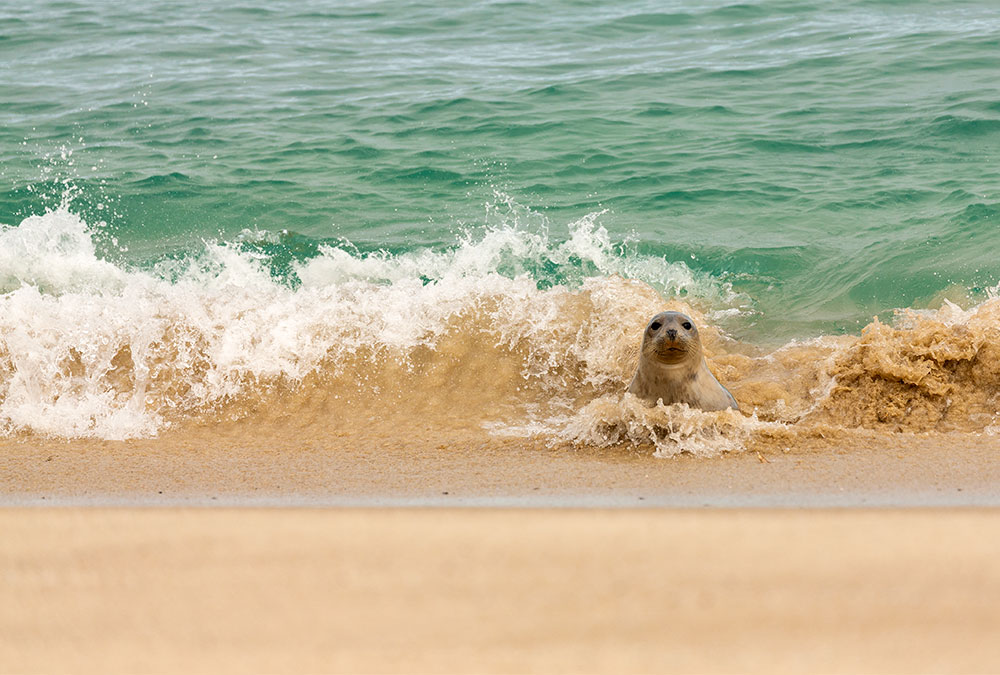 |
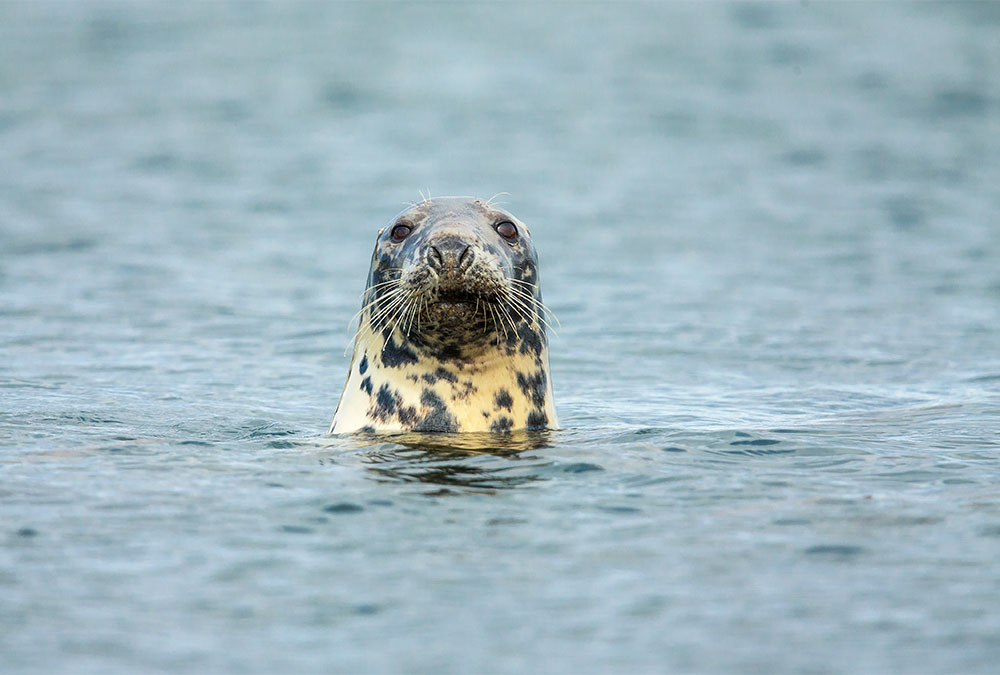 |
|
Grey Seals have been given legal protection in Britain for over one hundred years, They were the first mammal to be given this status with the introduction of the Grey Seals protection Act in 1914. This has been updated to the "Conservation of Seals Act" in 1970 which protects them during a closed season of 1st September until 31st December. |
| The world population of Grey Seals is still not high (especially when compared to some of the other seal species). It is estimated that globally there are only arround 300,000 to 350,000 grey seals. Probably about half of these seals vist the British coast to give birth every year. |
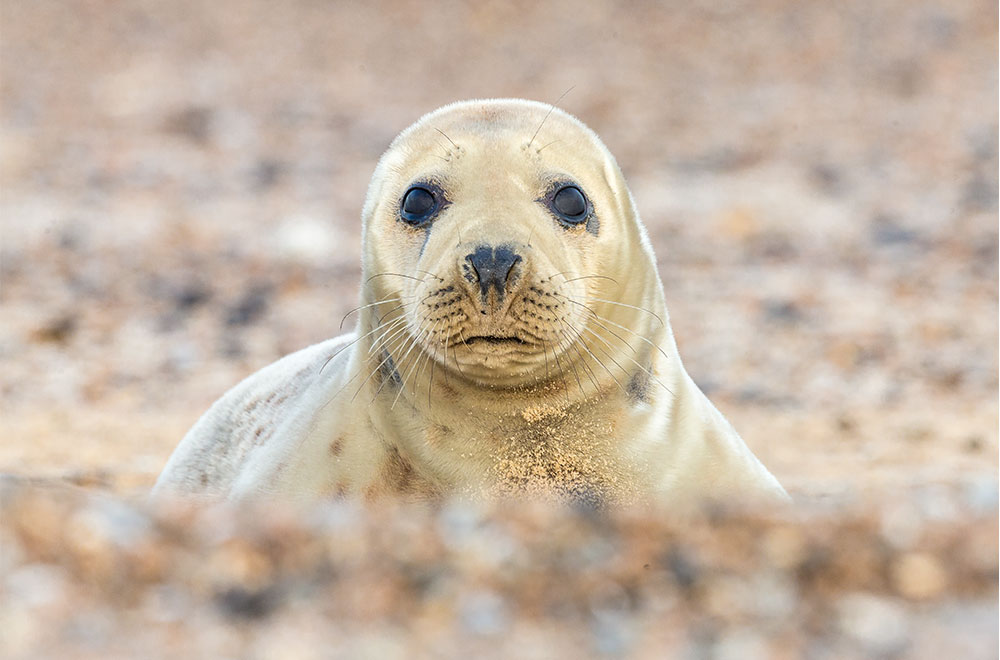 |
